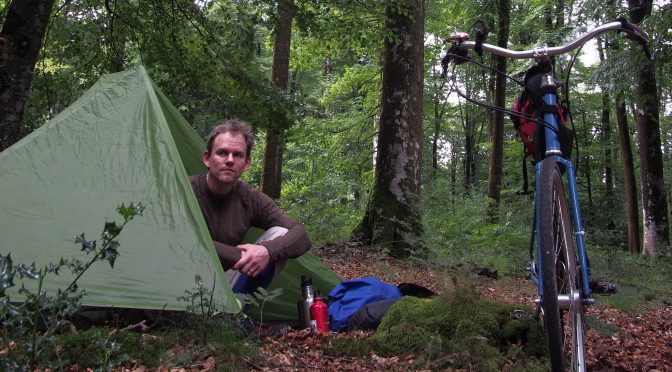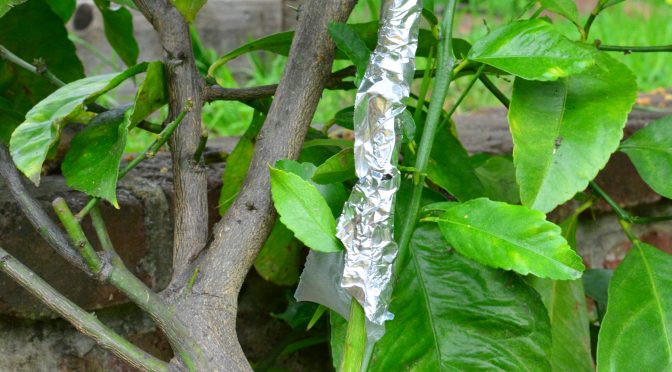Author: joe
-

How To Find Campsites While Bike Touring In Europe
I have gone on three bike tours in Europe, mostly in France, but also in Germany, Italy, Ireland, and Switzerland. I just wanted to give a quick rundown of the ways that I have been able to find campsites, and also hopefully attract other people to this page you can tell me what to do…
-

Options Beyond #DeleteFacebook : GDPR and Diaspora
I want to point to two things that exist already, and only need more adoption, that seem like the right direction after Cambridge Analytica and Facebook’s phone-scraping practices. One is legal (the GDPR), and the other is technological (Diaspora). Neither of them seems likely to become part of modern American life overnight, but I think…
-
In Memoriam: Ursula K. Le Guin
Ursula K. Le Guin died this week, one of my favorite novelists. Her parents studied and worked extensively with the last member of the Yahi people, who occupied territory in the Sierra Nevada until they were massacred in the Gold Rush. I have never seen Le Guin say exactly how that influenced her, but a…
-
Gallery: Normandy Bike Tour
This is a gallery of photographs I took to accompany story proposals about bike touring in Normandy. The ones that have me in them were taken with a tripod. This post is un-indexed and un-categorized, so for all practical purposes these pictures have not been published. — Joe
-

Bird Portraits
I have been working on taking pictures of birds using a portrait lens. These are all taken usually next to a dish of seed. Gear is a Olympus Micro Four Thirds camera (EPM-2) with Oly 45 mm f/1.8 lens (90 mm on a 35mm); Pixel Oppilas remote; Amazon basics tripod or Smallrig clamp tripod.
-
Book Review: For The Soul of France
Sometimes it feels like it is hard to write engaging history books for any era that predates the 20th century. There is less cultural context for the modern reader: so much has changed that it makes it hard to imagine events, nevermind relate to them. Plus more details have been erased by the sands of…
-
Book Review: The Unwinding by George Packer
Something changed in America around 1970. If you read political economists, it might be variously characterized as the end of the New Deal, globalization, national productivity separating from average pay, deindustrialization, the beginning of the income inequality spike, or the rise of neoliberalism. Those are hard to digest in the abstract. Packer tells the story…
-
Book Review: Sebastian Junger’s “Tribe”
“Tribe”. Going in I found that title off-putting, especially coming from a journalist best known for his reporting of the society of the military: offhand the word “tribe” conjures for me ideas of race, segregation, warfare, and social superiority of a martial class of warriors. This book is (for the most part) not really about…
-

Finding campsites using OpenStreetMap and Overpass Turbo
Update May 2018: The OSMAnd application accomplishes this task better than Overpass Turbo; see this post for more info. ******* Campgrounds make for a quick cheap place for a bicycle tourist (or other tourist) to stop for the night, pitch a tent, and get a warm shower. Sometimes, though, it can be hard to tell…
-
Protected: College Cove
There is no excerpt because this is a protected post.
-

Grafting Citrus
Today I grafted several kinds of satsuma mandarin to my Oakland, California, backyard orange tree (some kind of Navel) and Eureka lemon tree. I followed several Fruit Mentor videos: mostly this one, but grafting to cut-off branches rather than a whole tree; and I did one t-graft (but with a stick rather than a bud; which…
-

Sunol and Coyote Hills Birds
These are all from either Coyote Hills Regional Park, or the Maguire Peaks Loop Trail in Sunol Regional Wilderness, except for the scrub jay who was in my backyard.
You must be logged in to post a comment.